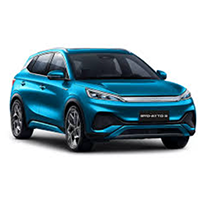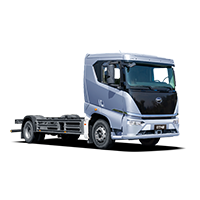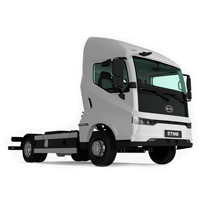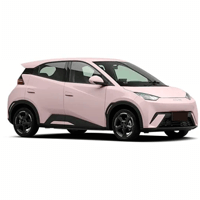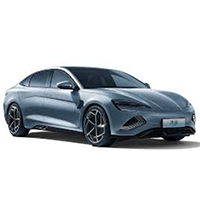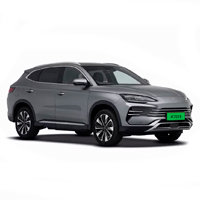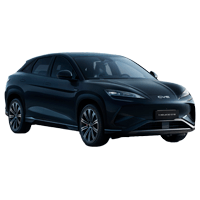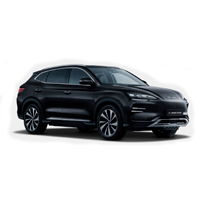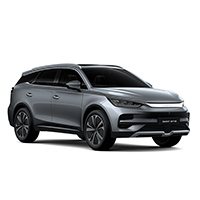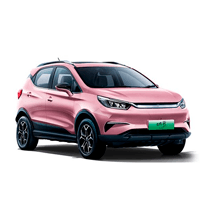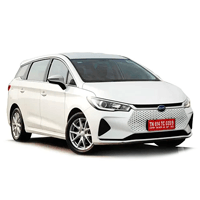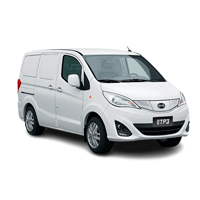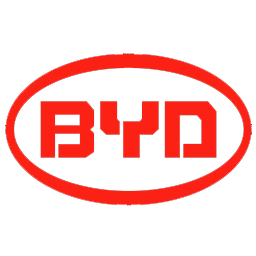
Catalog / BYD
BYD: Pioneering the Future of Electric Mobility
BYD, which stands for 'Build Your Dreams,' has rapidly transformed from a battery manufacturer to a leading force in the global electric vehicle (EV) market. Founded in 1995 by Wang Chuanfu in Shenzhen, China, BYD initially focused on rechargeable batteries for mobile phones and other electronics. The company's expansion into the automotive sector in 2003 marked the beginning of an extraordinary journey in sustainable transportation.
A pivotal moment in BYD's history came in 2008 when Warren Buffett's Berkshire Hathaway invested $232 million for a 10% stake in the company, signaling confidence in BYD's potential. This investment catapulted BYD into the global spotlight and provided crucial capital for its ambitious plans in the automotive sector.
In 2008, BYD launched the F3DM, the world's first mass-produced plug-in hybrid vehicle, beating many established automakers to market. This groundbreaking achievement set the stage for BYD's rapid ascent in the EV industry. The company continued to innovate, introducing the e6, an all-electric MPV, in 2010, which gained popularity as a taxi in many Chinese cities.
BYD's commitment to vertical integration has been a key factor in its success. By producing its own batteries, electric motors, and electronic control systems, BYD has maintained tight control over its supply chain and costs, allowing for rapid innovation and competitive pricing.
In 2020, BYD introduced its revolutionary Blade Battery, a lithium iron phosphate (LFP) battery known for its safety, long life, and cost-effectiveness. This technology has since been adopted by other major automakers, cementing BYD's position as a leader in battery innovation.
The year 2022 marked a significant milestone for BYD, as it became the world's largest producer of EVs and plug-in hybrids combined, surpassing Tesla in total unit sales. BYD's diverse range of vehicles, from compact cars to luxury sedans and SUVs, has allowed it to capture a wide segment of the market.
Today, BYD is expanding its global footprint, entering markets in Europe, Southeast Asia, and Latin America. The company's 'Dynasty' series, including models like the Han, Tang, and Song, has garnered international acclaim for combining cutting-edge technology with competitive pricing.
BYD's influence extends beyond personal vehicles. The company is also a major player in electric buses and trucks, with its vehicles operating in cities worldwide. This diversification showcases BYD's holistic approach to electrifying transportation across various sectors.
As BYD continues to push the boundaries of electric vehicle technology and expand its global presence, it stands as a testament to the rapid evolution of the automotive industry and China's growing influence in shaping the future of mobility. With its integrated approach to manufacturing, focus on innovation, and commitment to sustainability, BYD is well-positioned to play a pivotal role in the ongoing transition to electric transportation.

